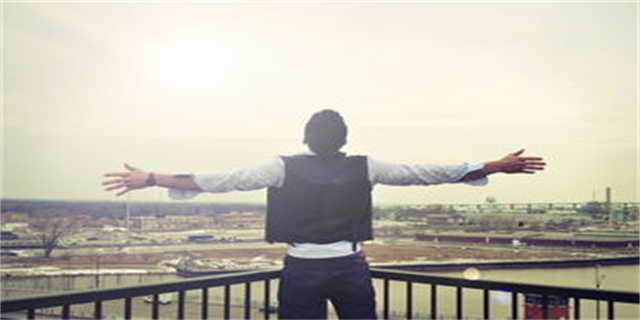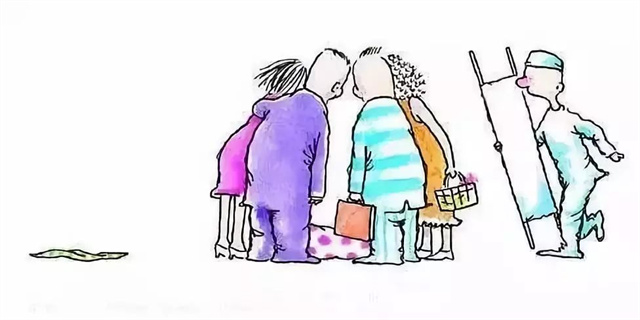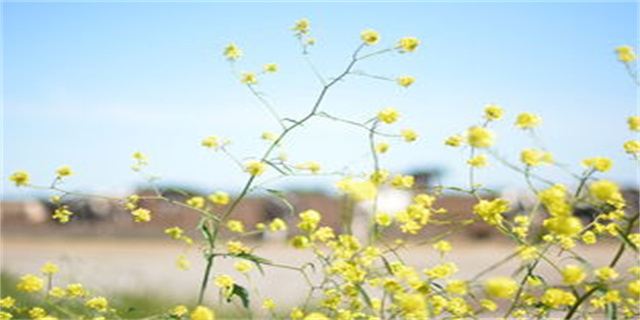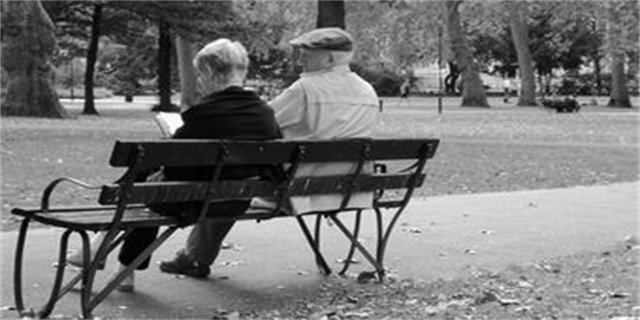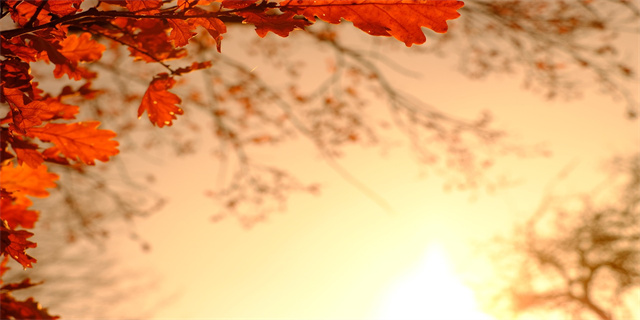最佳答案Spring Festival: The Most Celebrated Chinese HolidayThe Spring Festival, also known as Chinese New Year, is the most important and widely celebrated holiday in...
Spring Festival: The Most Celebrated Chinese Holiday
The Spring Festival, also known as Chinese New Year, is the most important and widely celebrated holiday in China. It marks the beginning of the Chinese lunar calendar and is a time for family reunions, festive decorations, delicious food, and colorful traditions. This annual celebration lasts for 15 days, and each day holds its own significance and customs. Let's delve deeper into the enchanting world of the Spring Festival and discover the beauty and symbolism behind this cherished Chinese holiday.
A Time for Reunion and Traditions
The Spring Festival is a time when Chinese families come together to celebrate and honor their ancestors. It is a time for family reunions, where people travel from all over the country to return to their hometowns. The importance of family during this holiday is evident in the tradition of the \"nianyefan,\" a lavish New Year's Eve dinner where multiple generations gather around the table to enjoy sumptuous dishes.
The Festival is also a time to pay respect to one's ancestors. Ancestor worship is an integral part of the celebration, where families gather at the graves of their ancestors to clean the tombstones, offer food, burn incense, and pray for their blessings. This act of reverence is believed to bring good fortune and watch over the family throughout the upcoming year.
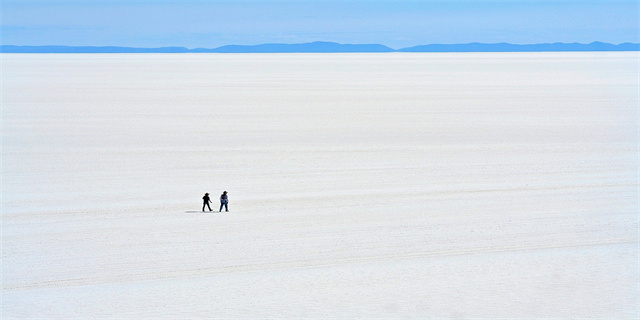
Festive Decorations and Symbolism
The Spring Festival is awash with vibrant colors and decorations adorned with auspicious symbols. Red is the dominant color during this time, as it is believed to bring good luck and ward off evil spirits. Red lanterns, red couplets, and red paper cuttings can be seen adorning homes and streets, creating a joyous and festive atmosphere.
Fish and dragons are also prevalent symbols during the Spring Festival. Fish, pronounced as \"yu\" in Chinese, is a homophone for \"surplus\" or \"abundance.\" Therefore, it is customary to have a fish dish during the New Year's Eve dinner, symbolizing prosperity and good fortune. Dragons, on the other hand, are regarded as sacred mythical creatures that bring power, strength, and good luck. Dragon dances are performed during the festive parades, captivating onlookers with their intricate movements.
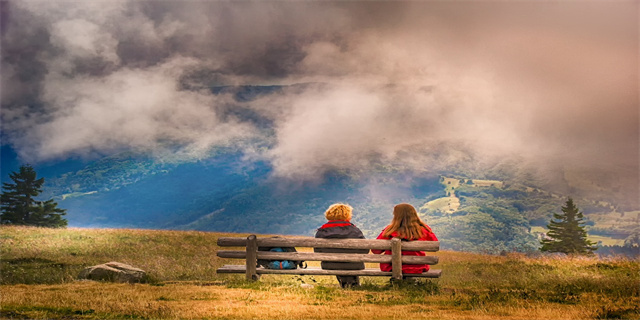
The Tradition of Giving and Celebrations
The Spring Festival is a time of giving and sharing. Giving and receiving red envelopes, known as \"hongbao,\" is a common practice during this festive season. These envelopes, filled with money, are given to children and unmarried adults as a symbol of good luck and blessings for the upcoming year.
Fireworks and firecrackers are an integral part of the celebration. The loud sounds and bright lights are believed to ward off evil spirits and bring good luck for the upcoming year. It is also customary to set off a firework at midnight on New Year's Eve to welcome the arrival of the new year and bid farewell to the old.
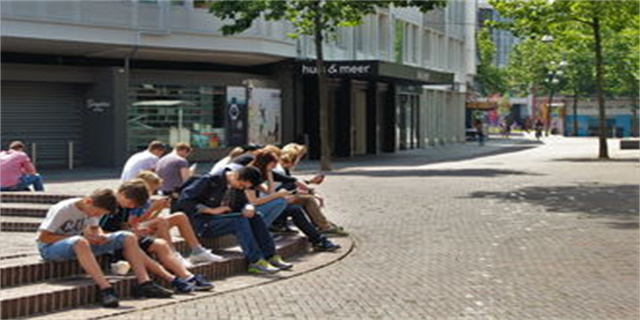
Additionally, the Lantern Festival marks the end of the Spring Festival. It is celebrated on the fifteenth day of the lunar calendar, and streets are adorned with beautiful lanterns of various shapes and sizes. People gather to appreciate the lantern displays, solve riddles written on them, and eat tangyuan, a sweet glutinous rice ball that symbolizes family togetherness.
In conclusion, the Spring Festival is a time of immense joy, love, and tradition for the Chinese people. It is a time when families come together, pay their respects to ancestors, and celebrate the arrival of the new year. The rich symbolism and cultural heritage associated with this holiday make it a truly unforgettable experience. Whether it is the vibrant decorations, the delicious food, or the lively parades, the Spring Festival is a celebration that truly embodies the spirit and essence of Chinese culture.


